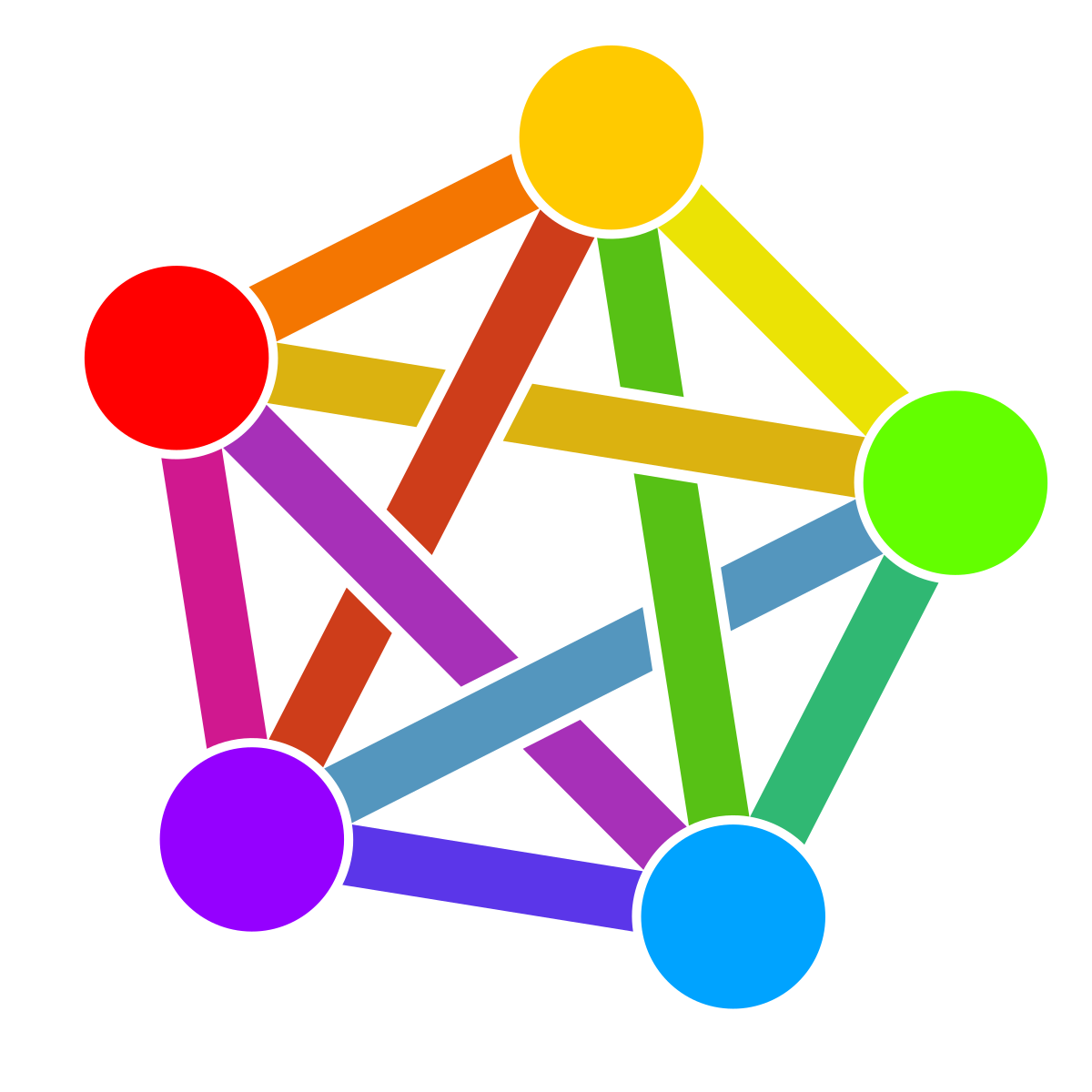

Papers please. Having fun so far doing the story


Papers please. Having fun so far doing the story


Yes, and that’s why I switched to Kagi
As someone that uses FreeBSD as its main server, it’s kinda the other way around haha
Cheese bread


Wait and see you distrohopping every month for years ending up in a boring stable distro.


In Brazil I only see more and more places adopting it, does not seem a failure


To be honest, no. I run in a Truenas Jail, and its stable for me. Just a bit slow for big files sometimes.


2024 will be the year of ARM on desktops!


I host it in a Truenas BSD Jail, and the process was as straightforward as compiling and running any other Rust / Postgres project. Which error did you get?


I think the point is too many users following threads users as is it more likely to find a friend there than on Fediverse for example. Which will require more compute resources and storage


If you remove the app-platform role from Nextcloud by separately hosting the individual apps, what benefit do you get from having both Nextcloud and File Browser?
Nothing really. For almost any Nextcloud feature out there, you can find a server app that does the same.
But that’s the point in my opinion. I don’t want to waste time managing tons of apps if I can manage one Nextcloud instance. Nextcloud basically decides for me what’s the best way to get those features running, so I don’t need to figure out myself.
Now if you’re into self hosting one container for each feature, go for it, no reason to not do so.


Anyone that has video drivers and flatpak should work in your case. If you dislike Ubuntu and don’t like the direction, usually poops and mint are the ones recommended.


An open source alternative is FRP
https://github.com/fatedier/frp
It’s a reverse proxy server that you install in both your server and a VM in the cloud, and it tunnels your server over the VM, like Cloudfare solution.


Why don’t you install flatpak on Ubuntu, make the packaging migration before doing the OS migration so you can evaluate your workflow with the new packaging system? Afer you’re used and confident with flatpak, backup and restore the flatpak folder into fedora and you transition should be smoother (don’t need to worry with 2 stuff at the same time)


Imagine excluding almost all servers that don’t have a gui and docker images from the Linux definition.
This hate comes mostly from Linux communities like here and on Reddit. When you see actual numbers, both are widely used for production use. They have lots of active users as reported in their respective blogs and websites.
That said, it is aware that both had problems. Most hate towards Flatpaks that I can see is from purists that prefer their distro shipping their packages with dynamic dependencies and uprated by their package manager. Also there is complains with outdated runtimes and stuff like how sandboxing works.
Snaps has all problems than before with some extras. When they were released, because of compression, they were painfully slowly to open and they affected boot time. Nowadays this is mostly gone, but they still keep a proprietary store, inability to have multiple repositories (stores) and they don’t respect your home directory structure by placing a “snap” folder in your home.
Personally I use both and I’m happy with them. The proprietary store stuff does not bother me because I’m already trusting canonical binaries by using Ubuntu and they are easy to use and be productive with them.


Stray. It’s an awesome game to play casually, lots of fun pluzzes.


In Ubuntu in the post install screen theres is the telemetry screen where they explain it, allow you opt out and give you a json example of the data they’re collecting from your machine.


As an addition to other responses, think that most apps (specially smaller ones) are developed using some framework or set of libraries that might or might not support those protocols.
So let’s pretend that I have an app buit using Electron and that framework does not support Wayland. There’s nothing I can do on the app side until Electron supports Wayland in this fake example.
So it actually takes time for the libraries to support the new protocol and then app developers to update their apps to support it aswell.
That’s why you see that the Wayland migration is incremental and not all at once.
I like Thunder